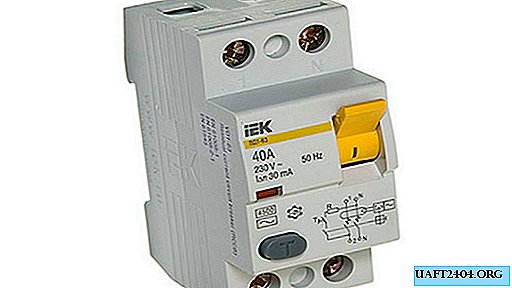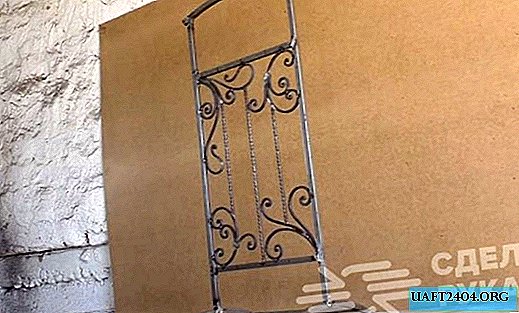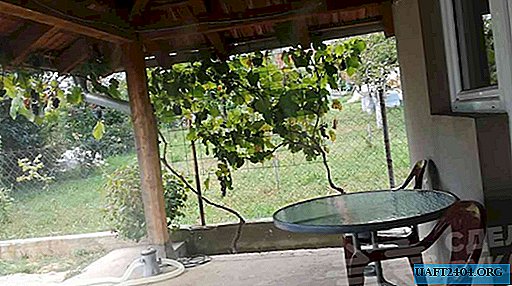Share
Pin
Tweet
Send
Share
Send

To prevent the severe consequences of a power line accident, the mandatory installation of protective devices that de-energize the load in such a situation is required. Let's get acquainted with modern protection devices.
Design, principle of operation
The need to install emergency switches is strictly defined by the requirements of the PUE, other documents that comply with international IEC standards. To understand the difference between a differential switch (RCD) and a differential current circuit breaker (difavtomatom), you need to learn more about the design and principle of operation of each device.
Circuit Breaker (VA)
An increase in current in the conductor causes heating. Previously, when fuses were used, this caused a burnout of the calibrated wire insert and blackout of the consumer. The voltage supply was resumed, after eliminating the cause of the accident, the inclusion of a new insert.

The machine uses two methods of protection, with the restoration of power by pressing the start button after eliminating the cause of the accident:
1. The bimetallic plate bends during emergency heating and causes the thermal release of the contacts to trip. After cooling, the plate restores its original shape. Such a system is inertial, it takes a short time to warm up the mass of bimetal.
2. A high response speed with current overload or short circuit provides an induction circuit breaker. Increasing the current through the coil will draw the core into the frame and open the contacts, disconnecting the load from the network.
To increase reliability, both methods are used simultaneously, not allowing the wires to heat up during overload and does not react to leakage.
Residual Current Device (RCD)
The residual current circuit breaker is designed to cut off the network when a leak is detected, creating a potential drain to the ground when insulation is broken. The principle of a differentiating transformer is used.
The phase and zero of the electrical network pass inside the device through separate wires from input to output. These conductors are wound onto the core counterclockwise. There is a separate winding, the terminals of which are connected to the electromagnetic relay of the circuit breaker.

RCD works like this:
- In normal operation, the currents of the zero and phase wires forming one electric circuit are equal to each other. The magnetic field of the same magnitude, but of opposite direction, is mutually compensated, without inducing voltage on the turns of the diffuser.
- A person or animal, falling under the leakage voltage, passes current through his body. The total current of one winding increases, upsetting the balance. This leads to the appearance of voltage on the control winding, the operation of the relay with the disconnection of the network.
The restoration of energy supply is made by raising the switch flag.
RCD protects against leakage. To overload and short circuit, when the currents in the neutral and phase conductors increase the same, it does not respond.
Differential Automatic Machine (AVDT)

The device combines the capabilities of a circuit breaker and an RCD. The combined design disconnects the network in the event of a malfunction, protecting it from fire in case of a short circuit of the line or electric shock to people in case of damage to the insulation of the wiring or structural elements of household appliances.
Application differences
The appearance of the difavtomat is very similar to the RCD. Both devices are equipped with screw terminal blocks for connecting wires; on the front cover there is a contact breaker flag and a “Test” button for checking operation.
It will help to distinguish their careful study of the inscriptions:
- The tripping current of the protection must be indicated. For RCDs, for example, 16A is written, and a difavtomat of the same denomination is designated C16.
- The protection circuit is shown where the difavtomat in front of the current transformer has a thermal and inductive trip.
Some manufacturers indicate the type of device on the housing cover.
The application of specific protection depends on the overall network distribution scheme. It is important to remember that RCDs cannot be used without a circuit breaker. The cost of the difavtomat is lower than the total price of the RCD and the machine.
Share
Pin
Tweet
Send
Share
Send











